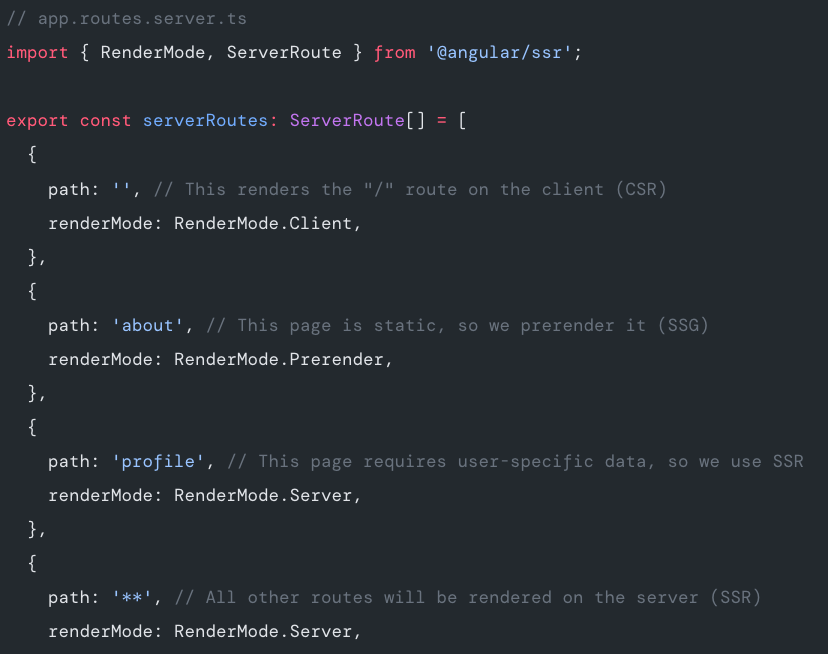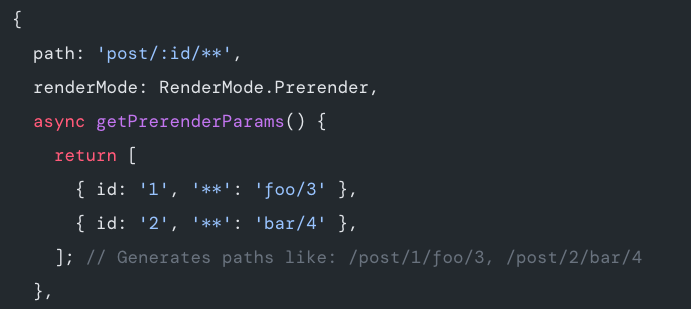This week, we’re using the newsletter’s 3-2-1 format. I’m posting a few essential articles to revisit, updates to know about, and one question to ponder:
Three articles to revisit:
- Getting a reported error in production that you can’t reproduce, and you wish you had access to the user’s console logs? Well, Rollbar can do that for you.
- Arrow functions are everywhere in JavaScript, but do you know their different syntax options, and more importantly, why they matter?
- Need a dropdown that automatically suggests and filters a list of items? Maybe you don’t need a component for that. Perhaps you don’t even need any JavaScript. Learn about auto-filtering with HTML datalist.
Two quick updates:
- Angular 21 is scheduled for November 20th, it’s now official. And Signal Forms will be included!
- If you’re looking for more Angular and JavaScript content, or even React and Vue tutorials, you can check out the certificates.dev blog
Did you know…
When using the @for block, you don’t need to declare local variables to use them. Just use $index, $even in your template, or any other local variable, and… it works!
@for (item of items; track item.id) {
<p>Item #{{ $index }}: {{ item.name }}</p>
}

